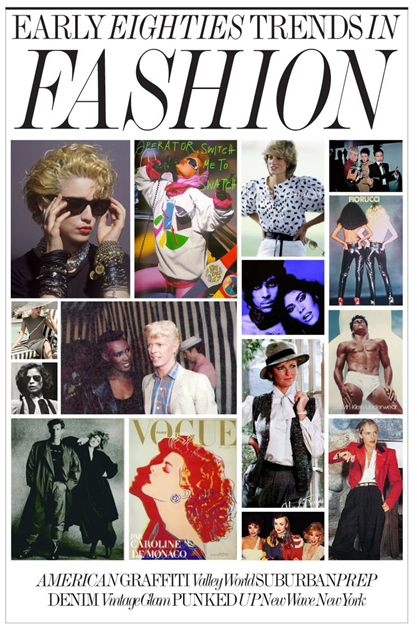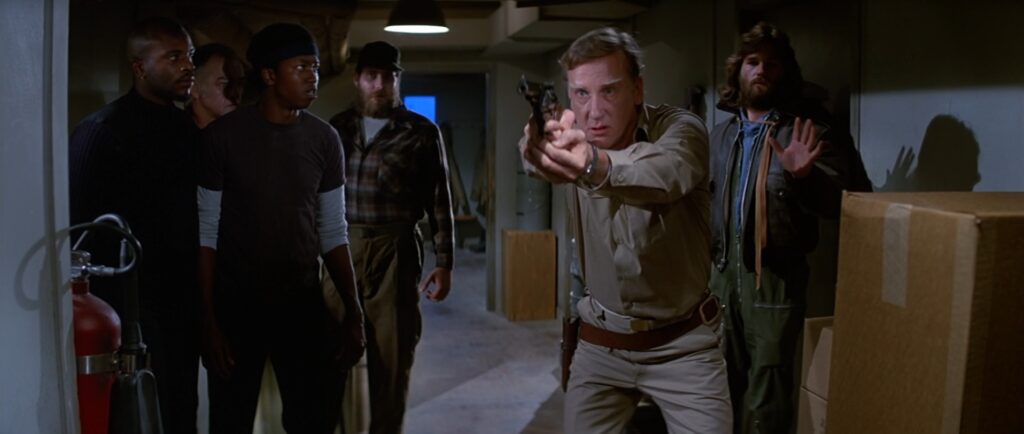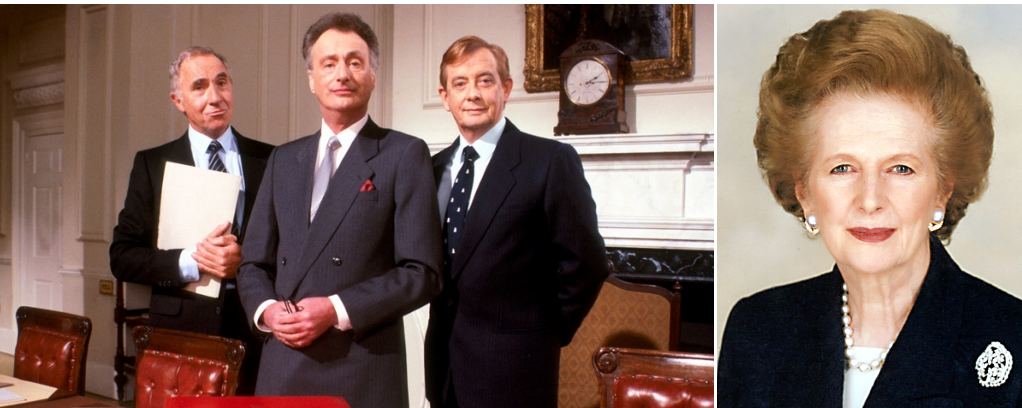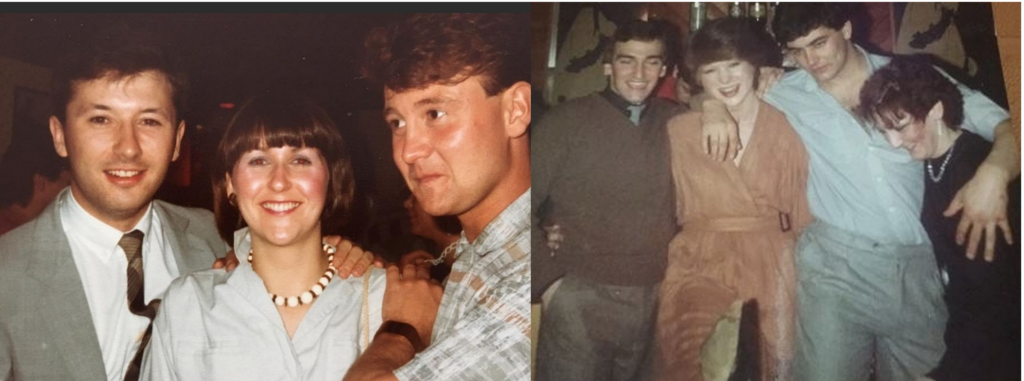
As a high level view, fashion and style does not exist in a vacuum – i.e. most real people living in 1983 do not wear clothes made only in the year 1983. Although it is impossible – practically – to wear clothing from the future, it is totally acceptable to wear clothing from the past. When thinking about what your character might wear, you may wish to bear in mind things like culture/sub culture, propriety/practicality and age. With that in mind, many characters will not be “fashion forward” and may look more traditional/old fashioned than exemplars of cutting-edge trends. In practice most main-stream people’s look would still have influences of the late 70’s and very early 80’s unless there is a character reason to do otherwise. That being said, there is still a lot to pick from.
High level articles of current and recent trends can be found on Wikipedia: 1970’s in Western Fashion and 1980’s in Western Fashion.
1983 is the commercial end of punk and the beginning of new romanticism – Frankie Goes to Hollywood have just released “Relax” to the horror of the BBC. The UK charts feature such other iconic tracks as “Uptown Girl” by Billy Joel, “Karma Chameleon” by Culture Club and “Love Cats” by The Cure. Michael Jackson’s “Thriller” and Joy Division’s “Love Will Tear Us Apart” have both just entered the charts. America at the time was a big main-stream influence – another manifestation of our “special relationship”.
In terms of palette, after the very late 70’s, bright colours were returning but now creeping in as vivid jewel tones, light pastels and bold neons. “true” fluorescent DayGlo in fashion textiles didn’t exist until 1985.
The Ship’s Crew

Most of the working characters on board the Sisyphus – especially the ship’s crew – will be used to working at sea in one regard or another so would dress with a focus on practicality of the role. “The Thing” is a great example of the type of look of the era practical workwear up to and including the early eighties.

The Ministry of Defence

Bureaucratic characters such as government officials or business types, suits or formal business wear are more likely to be the order of the day – in the British Civil Service in 1983, formality is king, and the suit and tie or business dress is a statement of power and influence.
Conservative is key. Many MOD characters are not going to be the most fashion forward bunch with the latest trends and catwalk looks; Dress would usually be conservative, as the norm, elegant and perhaps a little “old fashioned”. Understated, classic, generic, but arguably high quality, or something that carries off that look depending on class/grade. Department store. Any evening wear maybe a little more relaxed and/or elegant, depending on your character.
Accessories – Ties, braces, brooches, pearls, pocket squares – but nothing too OTT like a Tie pin. Nothing too high fashion more standard “heirloom”. Conservative. Bold ties and novelty cuff-links are against the trope so only recommended if you want your character to be “that person”.
The Royal Navy

Officers and ratings of the Royal Navy on duty would wear uniform – often a navy blue sweater with shoulder patches or a white shirt with a tie and rank epaulets and dark trousers for officers. Uniform jackets (if worn) are double breasted and eight-button.
Scientists

Scientist characters might dress formally or more casual, or in the universally recognised uniform of the white lab coat. Affectations such as bow ties, pipes, etc are not uncommon.
The Press, Observers, Others

There may be some specific characters who might not easily fit into any of these classifications. Costume advice and sources will be included in the character briefing material. In case of any queries, please feel free to contact the game team.